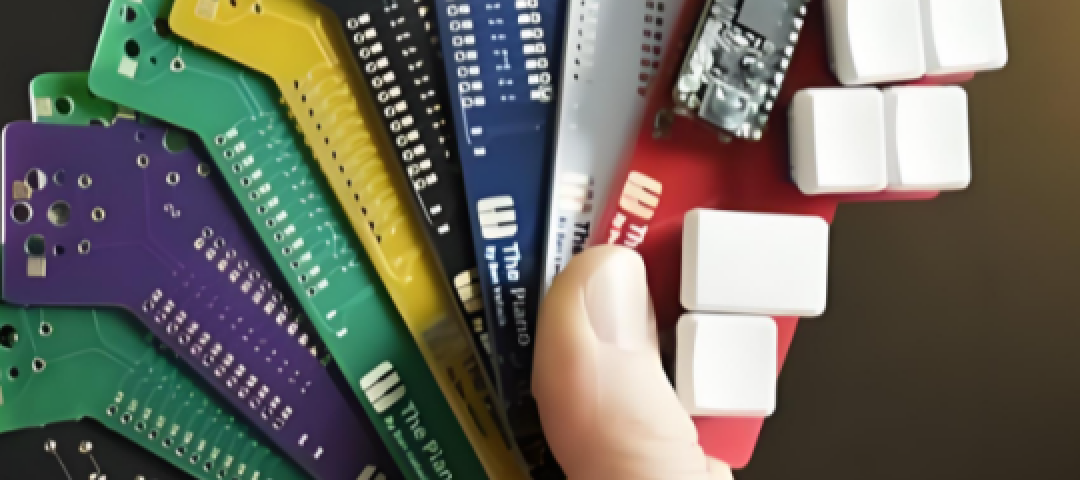The Hidden Lifespan Killer: How Solder Temperature Dictates Your PCBA's Fate
Ever wonder why some electronics seem to chug a

The PCB we usually see is green. But in fact, in addition to green, circuit card assembly has a variety of colors, including: black, yellow, red, blue, white and so on. So do these different colors of printed circuit assembly have different meanings? Are they functionally different?
Factors that Influence PCB Color
The copper layer is one of the primary raw materials used in PCB production. Its surface is typically smooth and lacks any protective coating, making it vulnerable to oxidation. Once oxidized, copper becomes a poor conductor, compromising the PCB’s electrical performance. Although copper is less prone to oxidation than materials like aluminum, iron, or magnesium, the copper layer on PCBs is extremely thin, increasing the risk of degradation. To prevent oxidation and maintain the pcb assembly board’s electrical integrity, engineers apply a specialized coating to the PCB surface. This coating forms a protective barrier that insulates the copper from exposure to air and moisture. This protective layer is known as a solder mask, made from solder mask ink. The solder mask not only protects the copper but also determines the color of the pcb manufacturing.
The biggest impact of PCB color on function is on the recognition effect of the machine. The PCB also needs AOI calibration after the solder paste and patch process, which requires optical positioning calibration, and the instrument recognizes the green PCB better.
There are still some stereotypes regarding the functionality of pcb board manufacturer with different colors. For example, people often believe that high-end PCB use black as the base color, while low-end ones typically use yellow or red. However, the color itself has no impact on product performance, so you can choose the color that best suits your needs.
The Advantages of Green PCB
Green can stand out among many colors and become the most common color, mainly because it contains the following advantages:
(1.) Lower cost
Due to the large demand for green PCB, more pcba manufacturers will choose to mass-produce green coatings. The increase in output reduces the procurement cost, which effectively reduces the production cost.
(2.) higher production efficiency
Compared with other colors, the reflectivity of green circuit board manufacturing is higher, and the circuit and components can be seen more clearly, helping the machine to identify and improve production efficiency
(3.)More eco-friendly
Blue and black PCB inks contain cobalt and carbon additives, making them more conductive and potentially increasing the risk of short circuits. On the other hand, green pcb board fabrication ink is more eco-friendly and remains stable under high temperatures, without releasing harmful gases.
Conclusion
To sum up, PCB has a variety of different colors, they do not have much impact on product performance, so you can choose different colors according to your needs.
For any inquiries or requirements of the circuit card assembly, manufacturing, please don’t hesitate to contact us for more information. As a reliable PCB board manufacturer, XW With more than decade experience in the printed circuit assembly industry, we will customize the most suitable, advanced PCB and PCBA service for you.